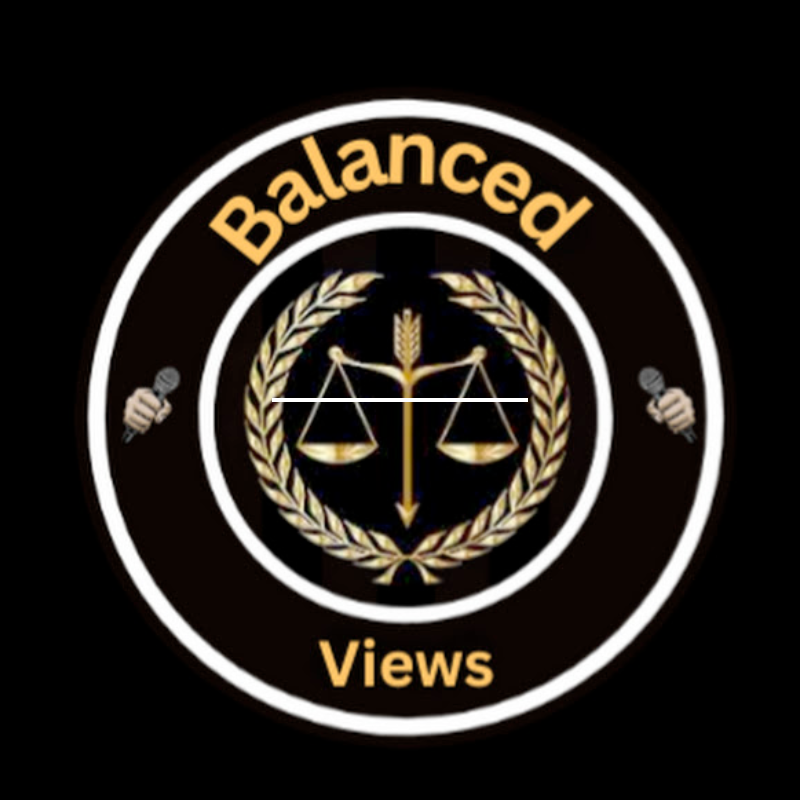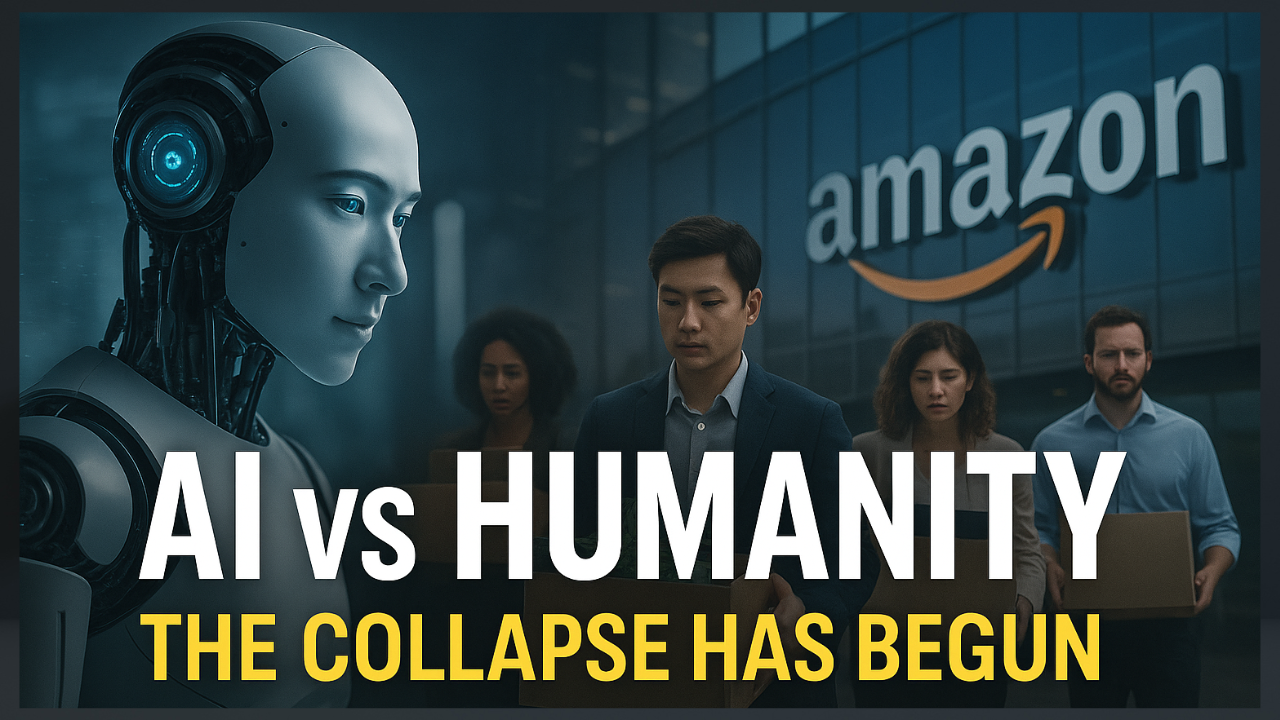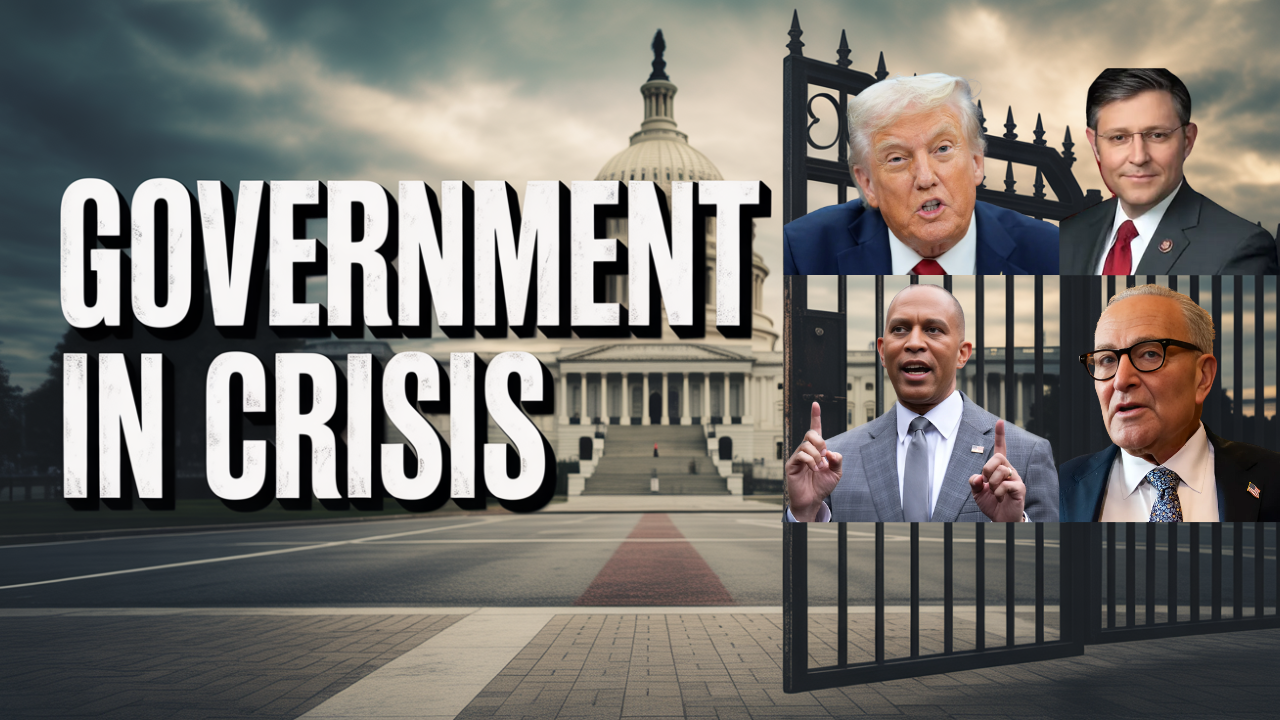Trump’s DEI Ban vs. His Diversity Optics: The Cabinet of Contradictions
When Donald J. Trump returned to the White House in January 2025, he wasted no time delivering on one of his boldest campaign promises — the eradication of Diversity, Equity, and Inclusion (DEI) programs across the federal government.
Within hours of his inauguration, Trump signed an executive order titled “Ending Radical and Wasteful Government DEI Programs and Preferencing”, which instructed all federal agencies to dismantle DEI-related initiatives. Framed as a return to merit-based governance, the order accused DEI of being discriminatory, ideologically biased, and responsible for lowering standards across public institutions.
And yet, just as the ink dried on the order, Trump’s administration began boasting about the diversity of his new Cabinet.
In one of the most glaring contradictions of his presidency, Trump simultaneously decried DEI while building a leadership team that mirrored some of the very optics DEI seeks to promote — but with a twist: many of these individuals were not chosen for qualifications rooted in service or experience, but for their unwavering loyalty to the president.
The Hypocrisy of Anti-DEI Rhetoric vs. Diverse Appointments
Trump’s Cabinet selections made headlines not just for their ideological slant, but for the historic diversity they represented — the kind often celebrated by DEI advocates.
Robert F. Kennedy Jr. – Secretary of Health and Human Services
Kennedy, a Democrat and member of a legendary political family, is known less for his healthcare credentials and more for his vocal skepticism about vaccines. His confirmation was one of the most contentious of the new term, with many in the medical community warning his leadership could undermine public health.
Marco Rubio – Secretary of State
The first Latino to lead the State Department, Rubio's appointment was seen as symbolic. But critics noted his thin foreign policy résumé and questioned whether his loyalty to Trump outweighed his diplomatic credentials.
Scott Bessent – Treasury Secretary
An openly gay hedge fund manager and major Trump donor, Bessent’s nomination was positioned as groundbreaking. Still, many questioned whether he had the policy depth and institutional experience required to lead the Treasury Department.
Susie Wiles – White House Chief of Staff
A seasoned campaign strategist and Trump loyalist, Wiles became the first woman to hold this critical role. But her lack of federal management experience raised concerns about her ability to coordinate national policy at the executive level.
Pete Hegseth – Secretary of Defense
Perhaps the most controversial appointment, Hegseth was a former Army National Guard officer and television personality known for his appearances on Fox News. Despite his military background, he had never led a large organization or held a senior policy position. The Pentagon — with its $850 billion budget and over 3 million personnel — now rested in the hands of a man whose main qualification appeared to be his vocal and consistent support of Trump. His confirmation passed by a razor-thin 51–50 vote, broken by Vice President JD Vance.
Each of these appointees offered surface-level representation — Latino, gay, female, outsider, etc. — but few were selected through rigorous, competitive processes. The common thread among them? Their allegiance to Donald Trump.
DEI Is Dead — But Its Optics Live On
Trump’s DEI order explicitly forbade agencies from:
- Using identity as a factor in hiring, promotion, or contract award.
- Requiring DEI-related training or councils.
- Advancing any program that recognizes race, gender, or sexual orientation in administrative decision-making.
And yet, these very categories — race, gender, sexual orientation — became headlines as the administration celebrated its Cabinet selections.
If the administration truly believes identity is irrelevant, critics ask, why emphasize it in press releases and media appearances? Why tout “firsts” like Rubio and Wiles while dismantling the very system that enabled such representation across government?
The answer is strategic: Trump rejects institutional DEI because he cannot control it — but he will embrace representational diversity when he can weaponize it to soften criticism and score political points.
From Identity to Ideology: The Real Litmus Test
This version of “diversity” isn’t about equity — it’s about ideological loyalty. Trump’s Cabinet reflects not a rejection of identity politics, but a rebranding of it — one that rewards those who align with Trumpism, regardless of background.
Underneath the surface-level diversity, the deeper concerns remain:
- Experience gaps in critical national security, health, and economic roles.
- Centralization of power in loyalists rather than professionals.
- Dismissal of institutional knowledge, replaced by political calculation.
It’s not DEI that this administration opposes — it’s institutionalized fairness that might elevate people outside Trump’s control.
Final Thoughts: Meritocracy or Machination?
President Trump’s second-term Cabinet tells a story of contradictions:
- An administration that kills DEI, while mirroring it for headlines.
- A promise of meritocracy, while promoting insiders with little relevant experience.
- A rejection of "identity politics," while leveraging identity when convenient.
What emerges is a government that uses diversity not as a tool of empowerment — but as a smokescreen for consolidation of power.
The diversity on display is not systemic, not sustainable, and not rooted in equity. It's curated, symbolic, and ultimately subordinate to one overriding qualification: loyalty to Trump.
And that, perhaps, is the truest and most dangerous form of hypocrisy.







